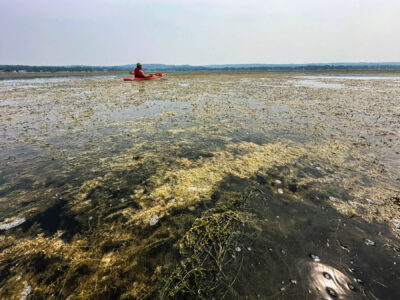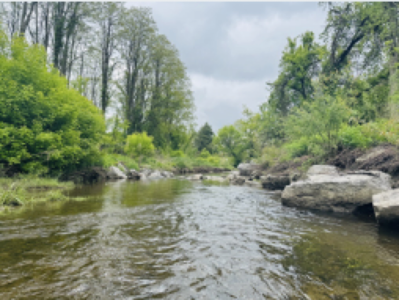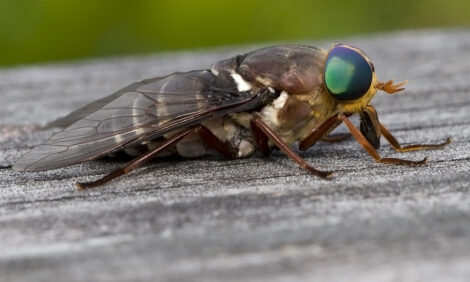Glow Sticks Provide Light For Military, Law Enforcement And Holiday Use
The Christmas Eve Nativity reenactment at one daughter and son-in-law’s church this past December concluded by singing “Silent Night” while lights dimmed in the meeting hall. Both adults and children eagerly activated glow light candles reminding me of the multitude of fireflies in June lighting up my neighbor’s pasture.
You may wonder, as I did, what mechanism generated the soft, steady, cool glow in those glow lights? Simply stated, glowing results from a chemical reaction inside the plastic tube. On the other hand, the reaction itself is complicated. Just to appreciate the phenomena of glow lights is fine without understanding the chemistry.
Bioluminescence is the process by which animals such as fireflies and ocean bacteria light up. Chemiluminescence is the process that generates light when certain chemicals are mixed in a container. This reaction generates energy, which is released by emission of light called “photons,” unlike many chemical reactions which release heat. A similar reaction, photosynthesis, occurs in a green plant leaf when sunlight energy is absorbed by the chlorophyll molecule, which transfers energy by exciting electrons. As the electrons return to a less excited state, they start a series of reactions, which end with glucose formation from carbon dioxide in the atmosphere and water absorbed by plant roots. Glucose is then used to synthesize cellulose, normally called wood and fibrous plant stems.
I learned the Christmas glow stick candle I took home to examine consisted of a flexible, 10-centimeter, closed plastic tube filled with a liquid chemical called diphenyl oxalate and a dye to produce colored light. Inside this sealed plastic tube there was another long, thin, sealed brittle container filled with household hydrogen peroxide which moved freely in the liquid. When the outer tube was bent, the inner tube cracked open so the two chemicals and dye mixed. At this moment the chemical reaction resulted in the emission of a bright, soft light. Different dyes can be added to emit wavelengths of light such as blue, yellow or green.
Reaction in the glow stick proceeds rapidly in warm surroundings and creates a bright light of short duration. In cooler environments the reaction can be prolonged, emitting a less intense light but for a longer duration. Also, by adjusting the concentration of the chemicals, chemists can make glow sticks shine brightly for a short time or dimly for a long time. Glow stick light is inexpensive, waterproof, battery free and unaffected by air or deep sea pressure.
My first experience with glow sticks occurred during the Fourth of July celebrations at Lakewood Beach when children wore glow ring necklaces, which added to the festive atmosphere prior to the fireworks display.
Glow stick technology was developed by the United States Navy in 1962. Practical applications allowed lighting underwater and illumination to be placed on enemy targets to be fired upon after dark. A strategic development of the Navy research was a glow stick containing a dye capable of emitting infrared wavelength “light” invisible to the naked eye, but visible with special infrared or night vision systems. Infrared light permitted night time searches without being discovered by the enemy. Snipers could direct glow stick infrared light on targets that they could see using night vision scopes on weapons. Those who saw the popular thriller movie “Silence of the Lambs” experienced suspense as the detective, Clarice Starling, searched for and captured the killer of many young women who was hiding in his pitch black basement. She used infrared light and night vision glasses to find the assailant while she silently tiptoed through the rooms undetected.
Forensic experts investigating a crime scene for obscure amounts of blood may spray a solution of luminol on a suspected surface. Iron in the blood hemoglobin allows a chemiluminescent reaction to proceed which makes blood glow in the dark.
You can appreciate and enjoy the phenomena of chemiluminesence right at home. I recommend purchasing several glow sticks, available in local stores, to keep on hand for highway emergencies and when the electricity goes out at home.






